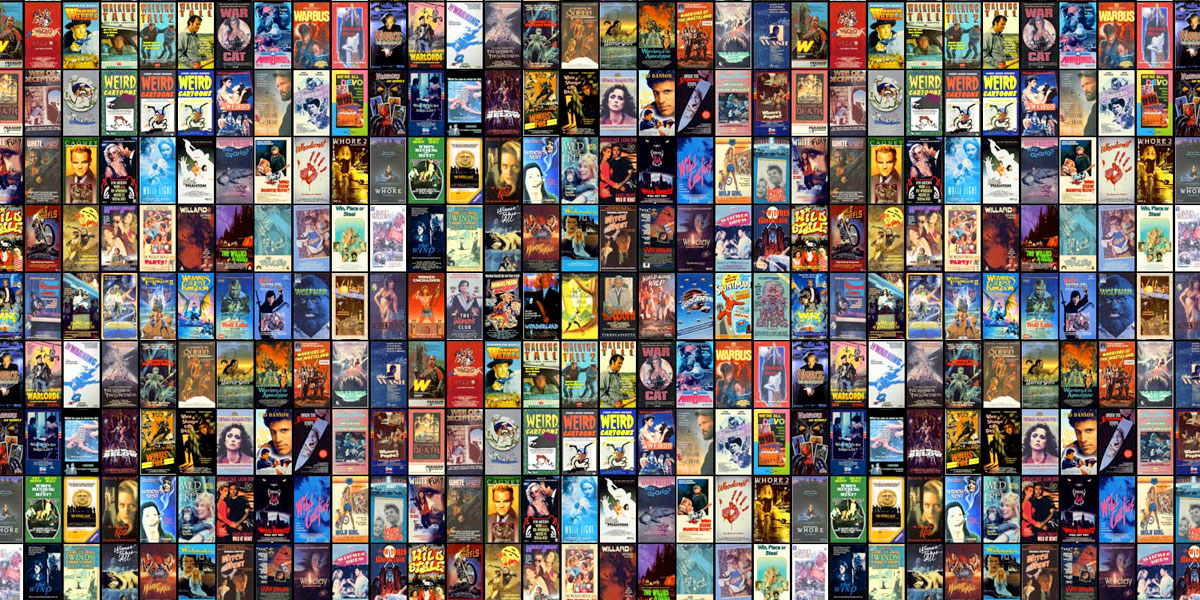When I was around 10 years old, every Saturday my dad and I would go on a trip to the video store to pick up movies.Back then, there was a video rental store by our house called Bandito Video. We had a VHS at home, and we safely watched the slow death of the Betamax format as it went from half of the store to a single shelf in the back.Going to a video store was a physical experience; smelling the courtesy popcorn, walking by screens playing trailers. I vividly remember once seeing a bad-ass predator cardboard cut-out and it fascinated and frightened me for years to come.At the time, nothing really made sense to me in that store. The 10-year-old me wasn’t the demographic for most of the films found in the new releases section, and so I didn’t know much about a movie beyond its box, nor did I understand any of the juxtapositions or innuendos intended by the cover designers.And you had to grab those covers fast. There was this prevalent sense of scarcity, and the store would purposely fill an entire shelf with the same movie to show their commitment to customers. You could also reserve rentals, in case you missed out.As technology progressed and I learned to appreciate film as a medium, it’s these kind of memories that help me benchmark how much I’ve aged, andwhat I’ve seen. It helped me understand what everyday problems people used to have, and why my digital habits are the way they are.Alas, the almighty internet has killed the video store, and so my children will never have that same physical experience, similar to the way that I rarely go to a physical bank.
How Movie Consumption Changed
Two factors changed everything: the price of disk space began decreasing, and the connection speeds began increasing. Because of this, the quality of the encoded video found online increased. Video files found online became indistinguishable from the television.Soon after came the most important milestone. You could now download a movie faster than you could watch it. This turning point eventually made services like Netflix possible.We all know how that turned out. These days, people have terabytes of space and most internet service providers will offer 15Mbps (2MB/second). You can download all eight Harry Potter movies faster than watching the first one.Speed is taken for granted, and space is largely irrelevant because of video-streaming services.More importantly, a home video isn’t tied to your living room television. With all of the devices a person comes into contact with, it doesn’t matter if you watched the new Iron Man on a plane, on your television, or on your tablet.
How to Choose a Movie Using the Web
All that remains is the choice of what movie to watch, and even that can be solved with the help of technology. Take this hypothetical process.1. Go to Rotten Tomatoes or Metacritic or any other entertainment community.2. Go to the current DVD releases and sort by rating.3. Parse through this list and only choose movies that achieve a score of 60 or above.This ensures that you are watching the best movies, but are still allowing for the obscure cult hits to get through. The score threshold is completely up to you, and correlates to how valuable your time is. (A caveat is that documentaries are often overrated on Rotten Tomatoes.)The result of this filtering process is an endless queue of movies across all genres that are widely available across the internet. Now sit back, relax, and watch all of them at your earliest convenience.No need to rewind when you’re done, either.



